One brick at a time makes way for a craft to shine. An entourage of many ruined ancient kiln complexes rests in the historical site of the Museum designed by Studio Zhu-Pei in Jingdezhen, China. The design revolves around more than half a dozen brick vaults conceptualized based on the traditional form of the ruinous ancient kiln, where each vault gets erected, altering its size, curvature and length.
Jingdezhen is also known as the ‘porcelain capital’ of the world has been the largest producer of pottery since 1700 years, dating to the age of Ming and Qing dynasties. Exporting has been a significant hobby in this city. Jingdezhen progressed naturally about in valleys surrounding rivers, hills and mountains because of the porcelain industry. The city developed its settlements in and around the kiln structures forming small alleys and using the Chang river as a transport medium knitting businesses and commerce together.
This remarkable curving structure is laid by handcrafted brick vaults, and Zhu-Pei has seeped into the land’s tradition and history to assimilate archaeological findings into the Museum’s design. The concept is an abstract of the traditional kiln ingested with the sleek, lustrous Chinese semblance. The quality of life imbibed into these configured spaces by architects reawakened the distinct aura of porcelain. The architecture complements and contrasts the context, such as a Tang Dynasty pagoda abutting across the road and concrete structured neighbours.
The museum plan is aligned along the street grid of the ancient city, welcoming visitors from Imperial kiln relic park forested with a green canopy that oozes into the Museum’s foyer. The vaults mimic the ruins by sinking below the street level, heralding a strategy to adapt to the involved site while instilling intimacy in the interior crevasses.
The vaulted geometries are skilfully brought by pouring concrete between two layers of brick masonry. They used recycled bricks from the site, reminiscent of the old fabric. Smoke holes scooped out from the structure creates skylights to glimmer in the natural ambience. Hollow cylinder volumes are placed evenly on top of each vault ensuring the insides are lit during the day and artificially illuminate at night. An expanse of a water body that encircles the structures reflect reality and its aesthetic volume, embracing a union between the tangible and intangible.
The Imperial Kiln Museum has an exquisite lustre that sparks spiritual and physical synapses through its design membranes. As you walk through the vaults that showcases unearthed relics and holes resembling cigars, they infuse a momentary gleam on the visitor’s mind to experience such an architectural feat that sends a spine-tingling vibrancy to time and stories that have echoed long ago.
The vision of this tremendous vaulted Museum is a tribute to Jingdezhen’s ancient kilns that evokes prestige and admiration to an era that defines the history of this place.
Project Name: Jingdezhen Imperial Kiln Museum
Architects: Studio Zhu Pei
Location: Jingdezhen, Jiangxi, China
Year: 2020
Area: 10,370 Sqm



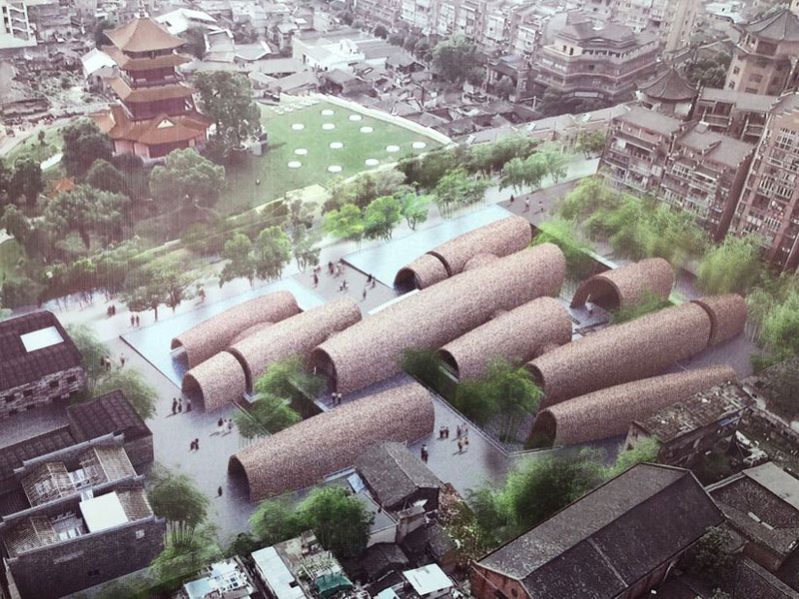





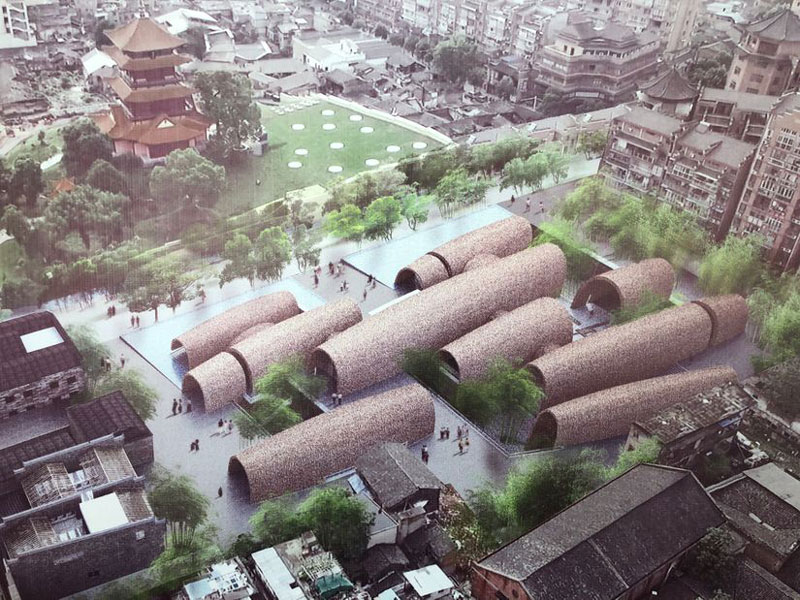
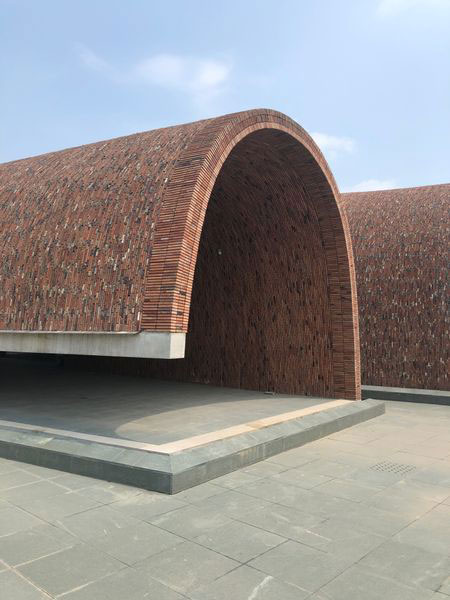
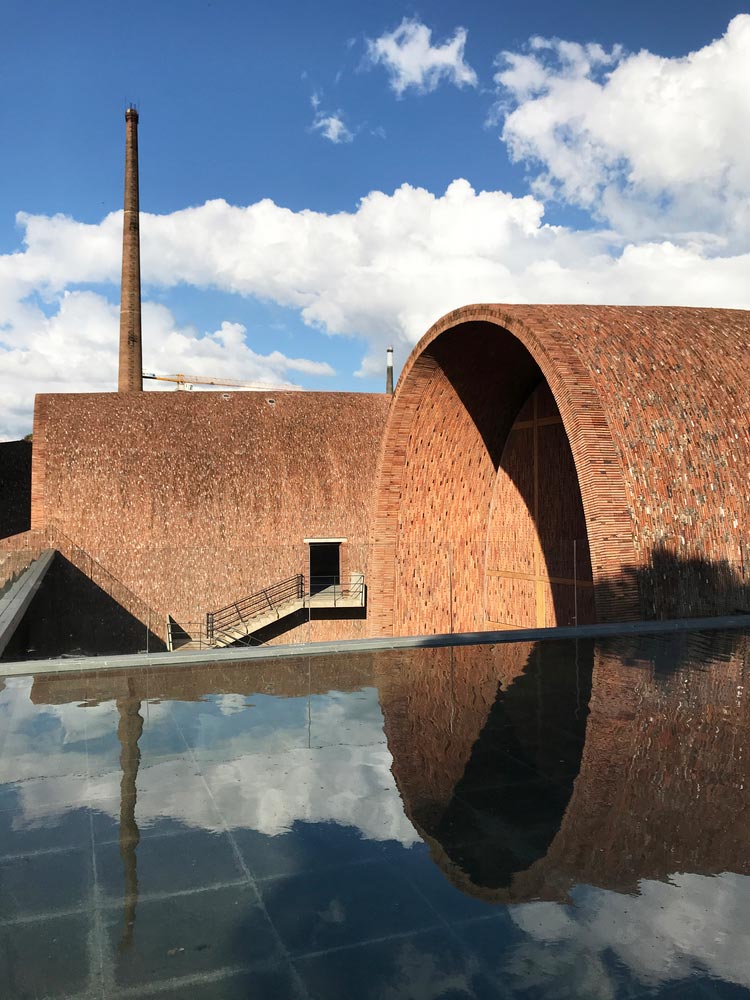
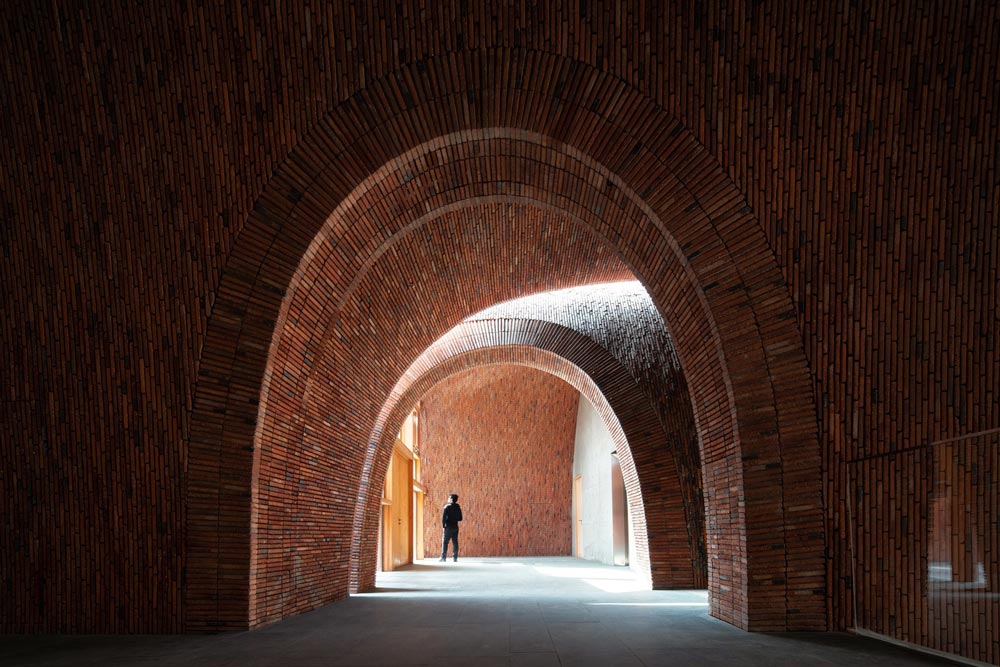
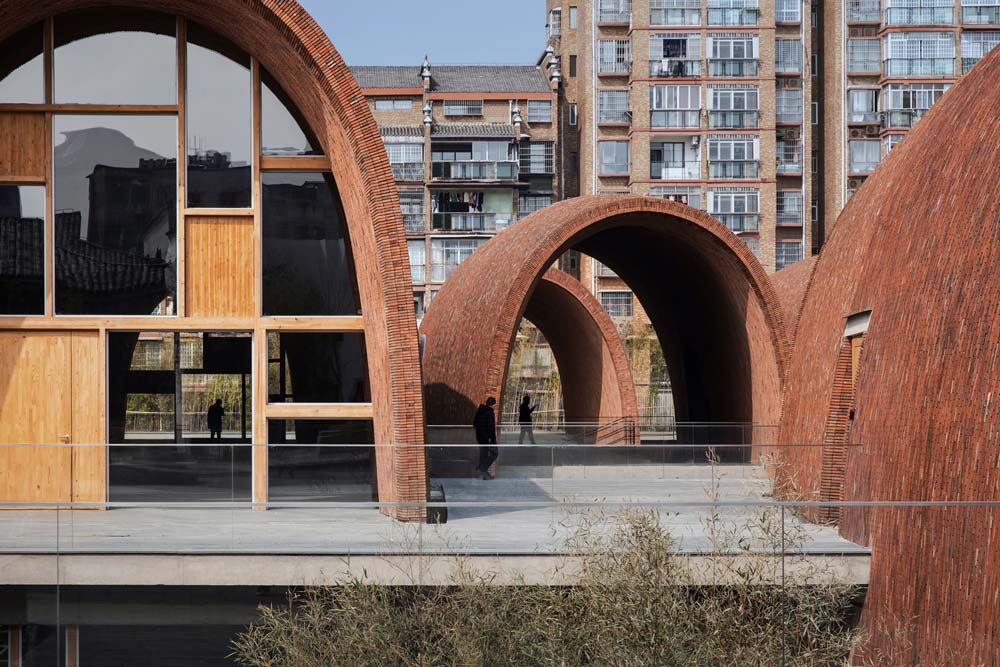
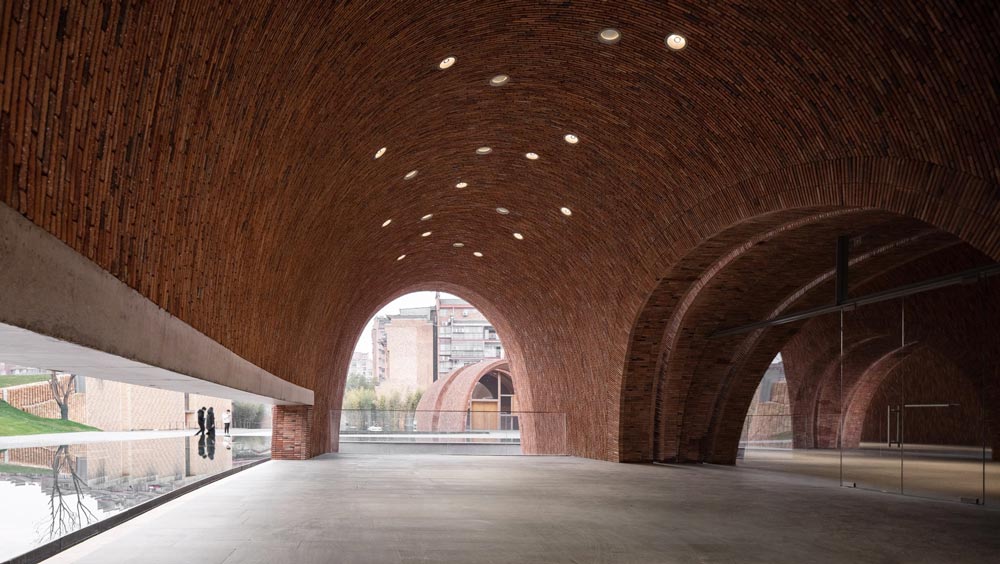
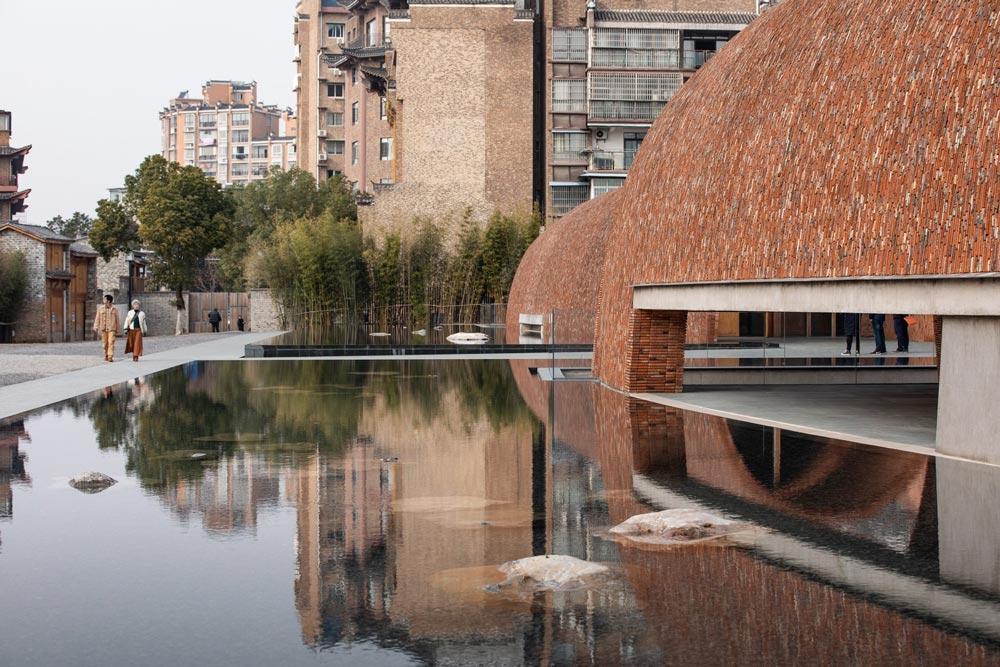


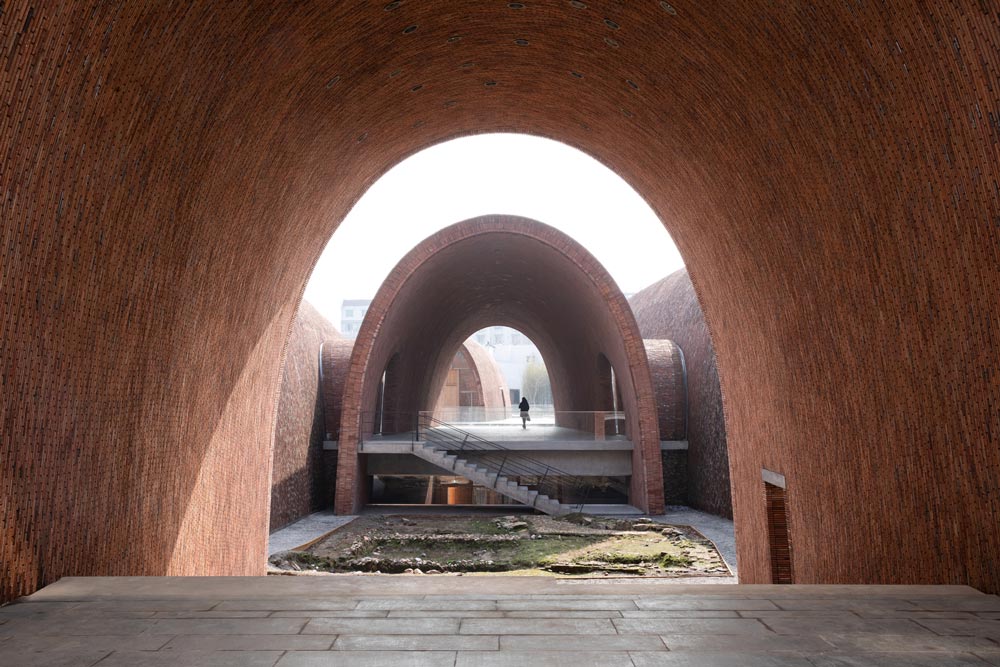
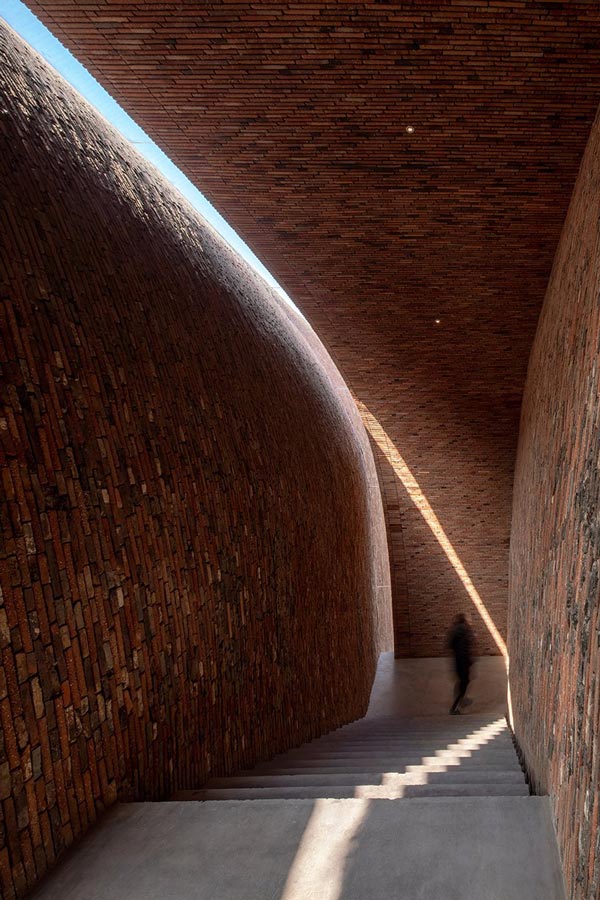
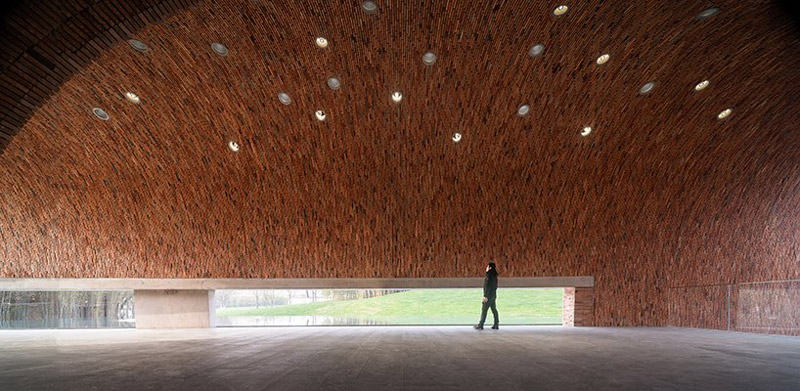

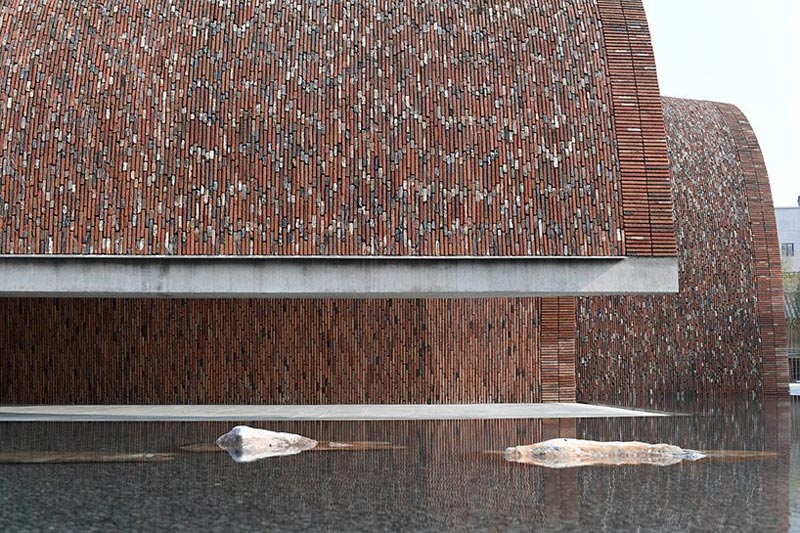
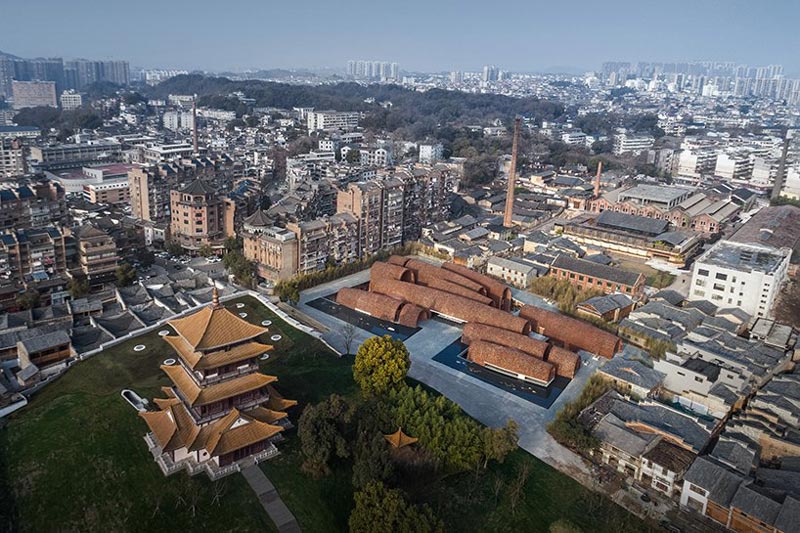









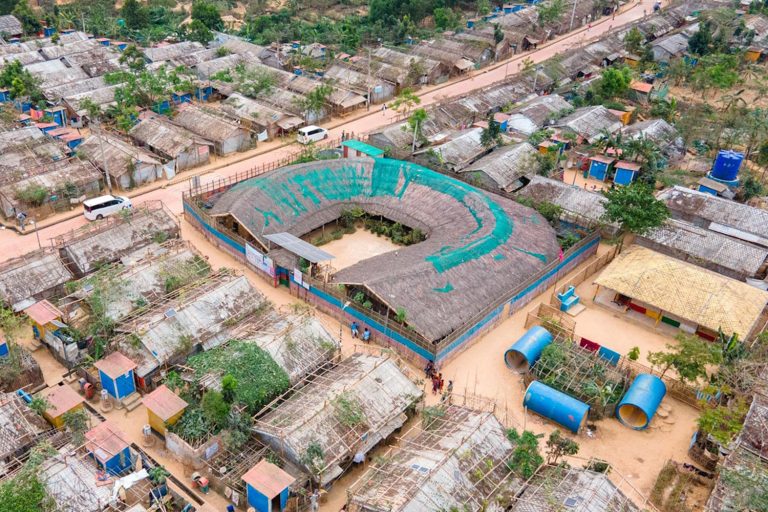
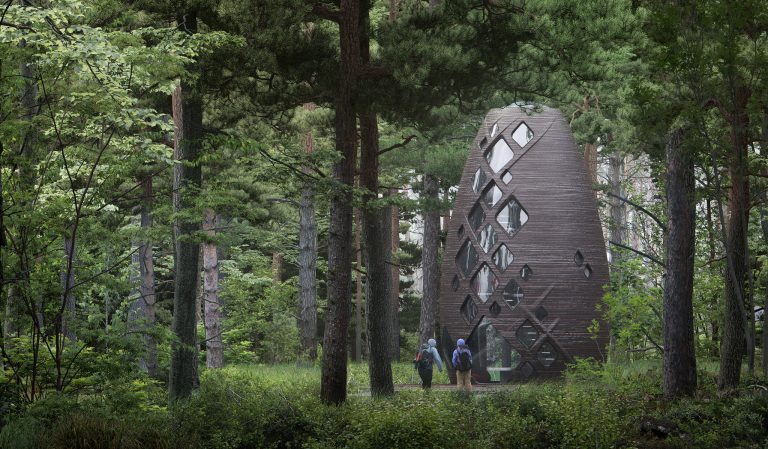
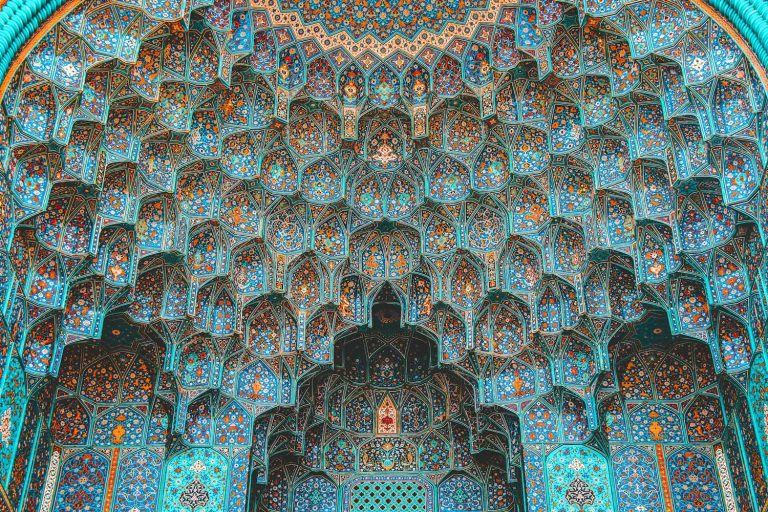
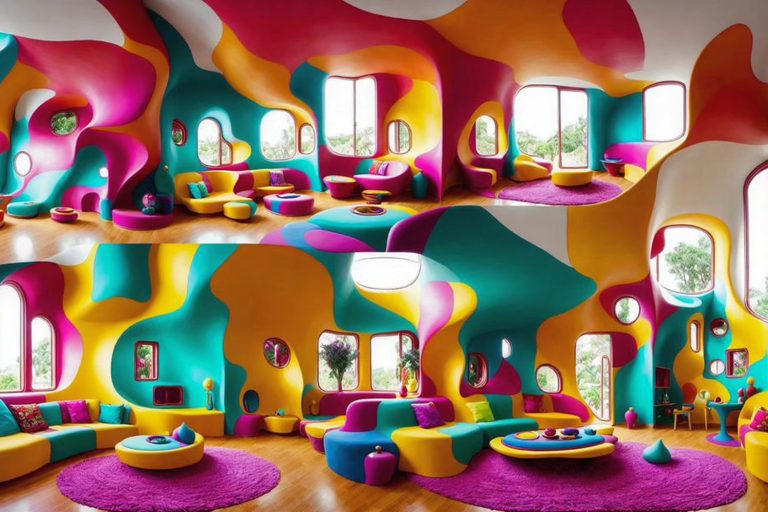


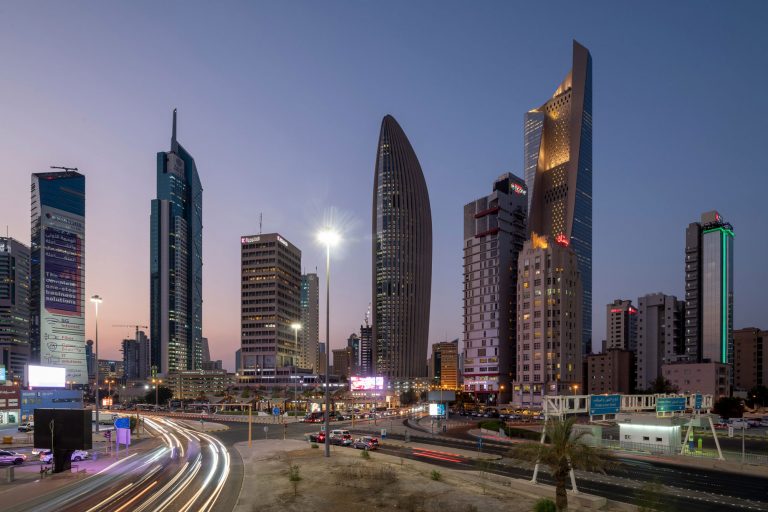
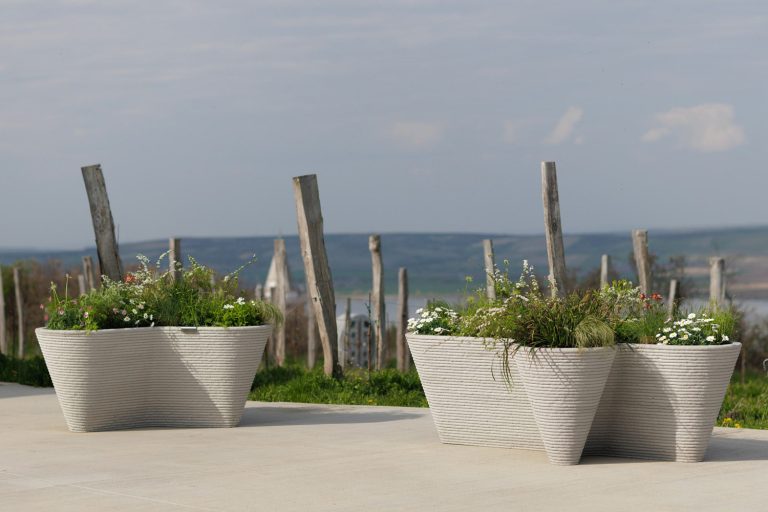
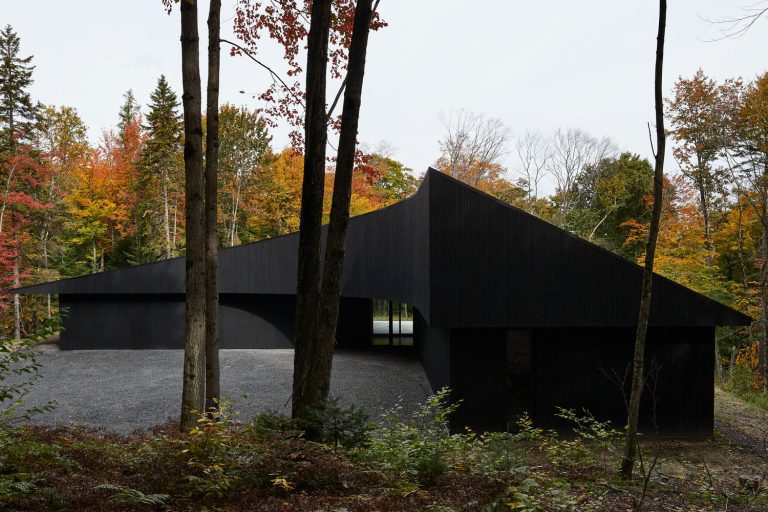




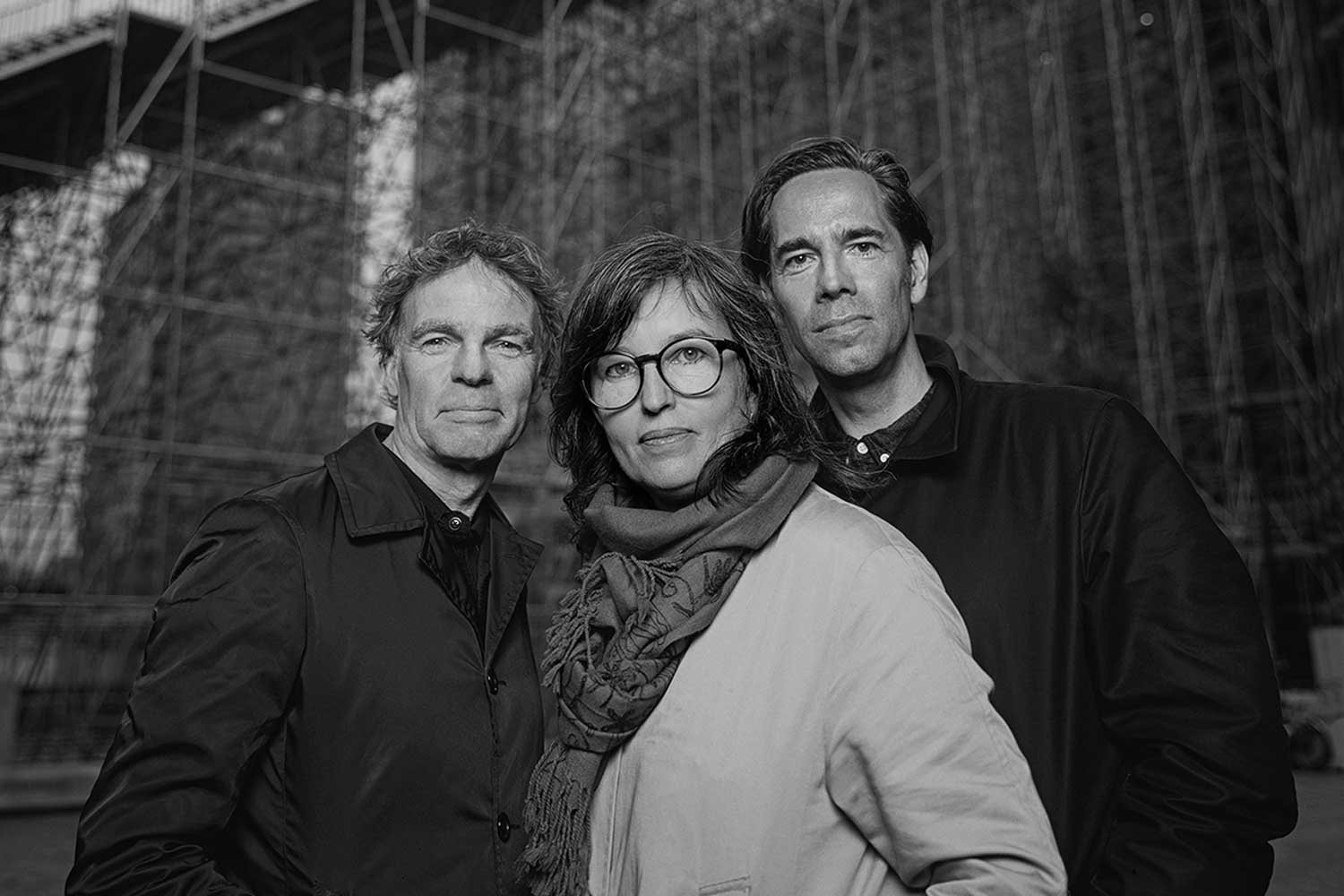
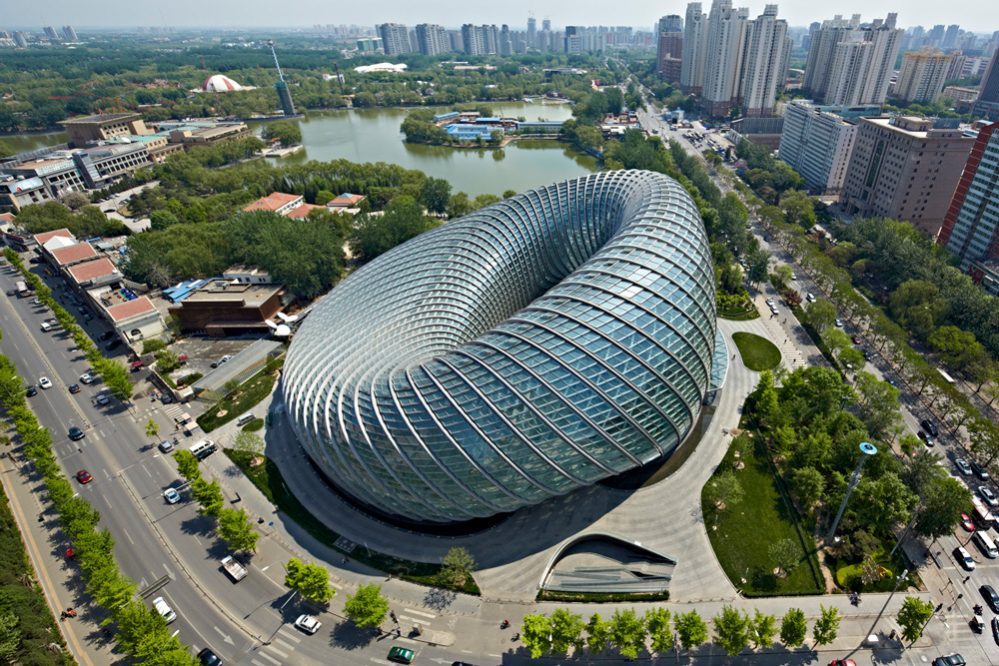
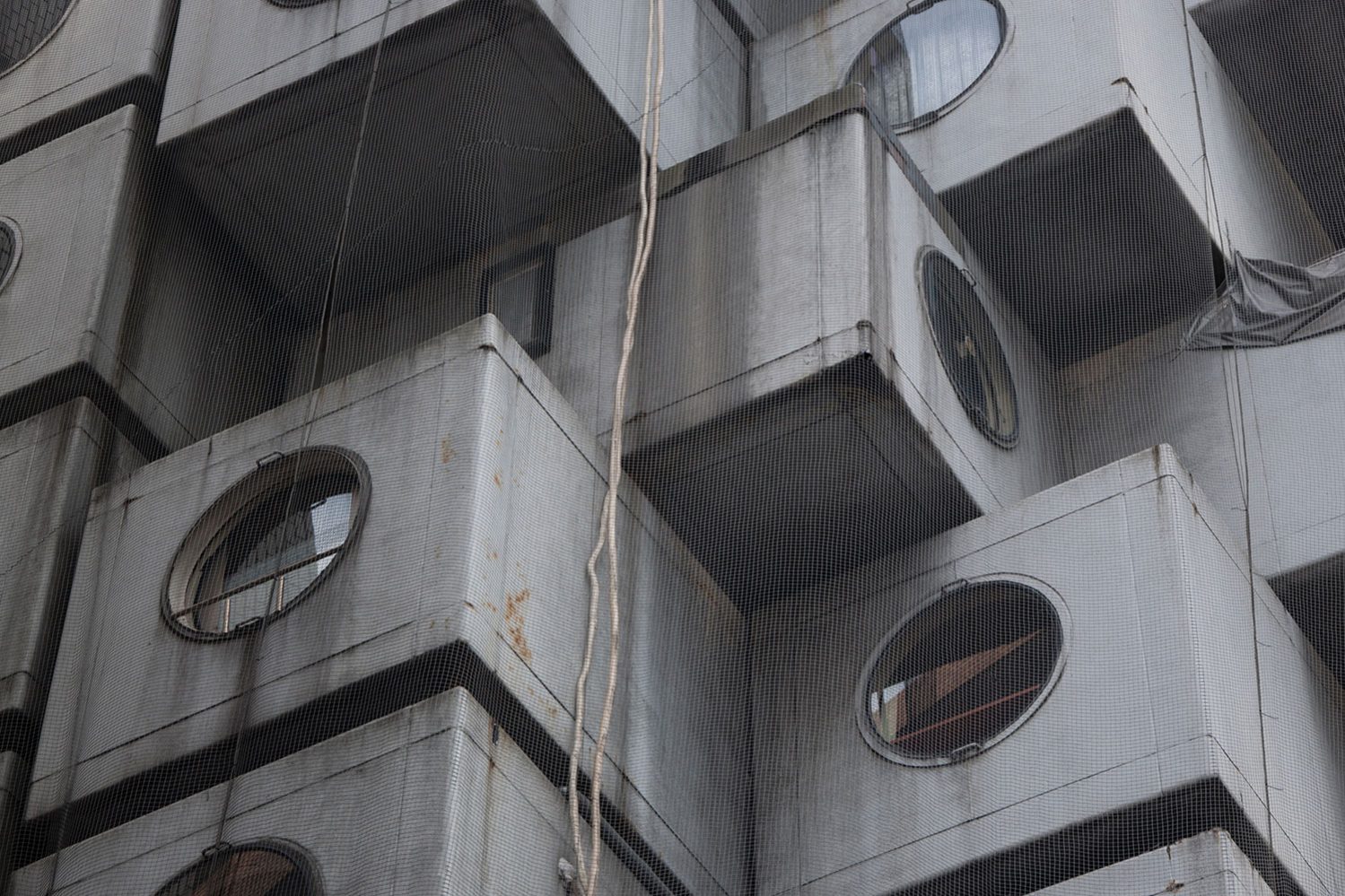
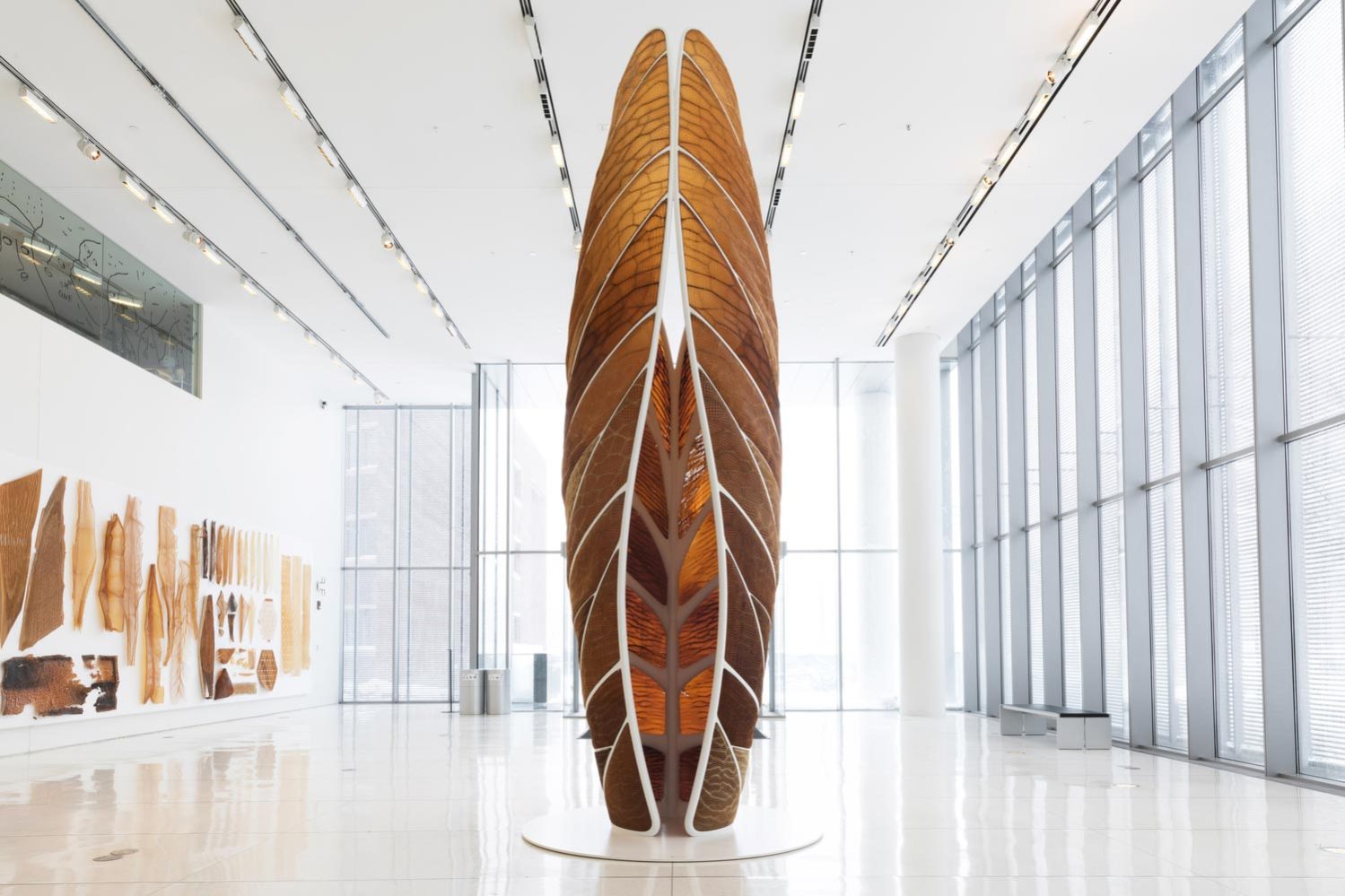

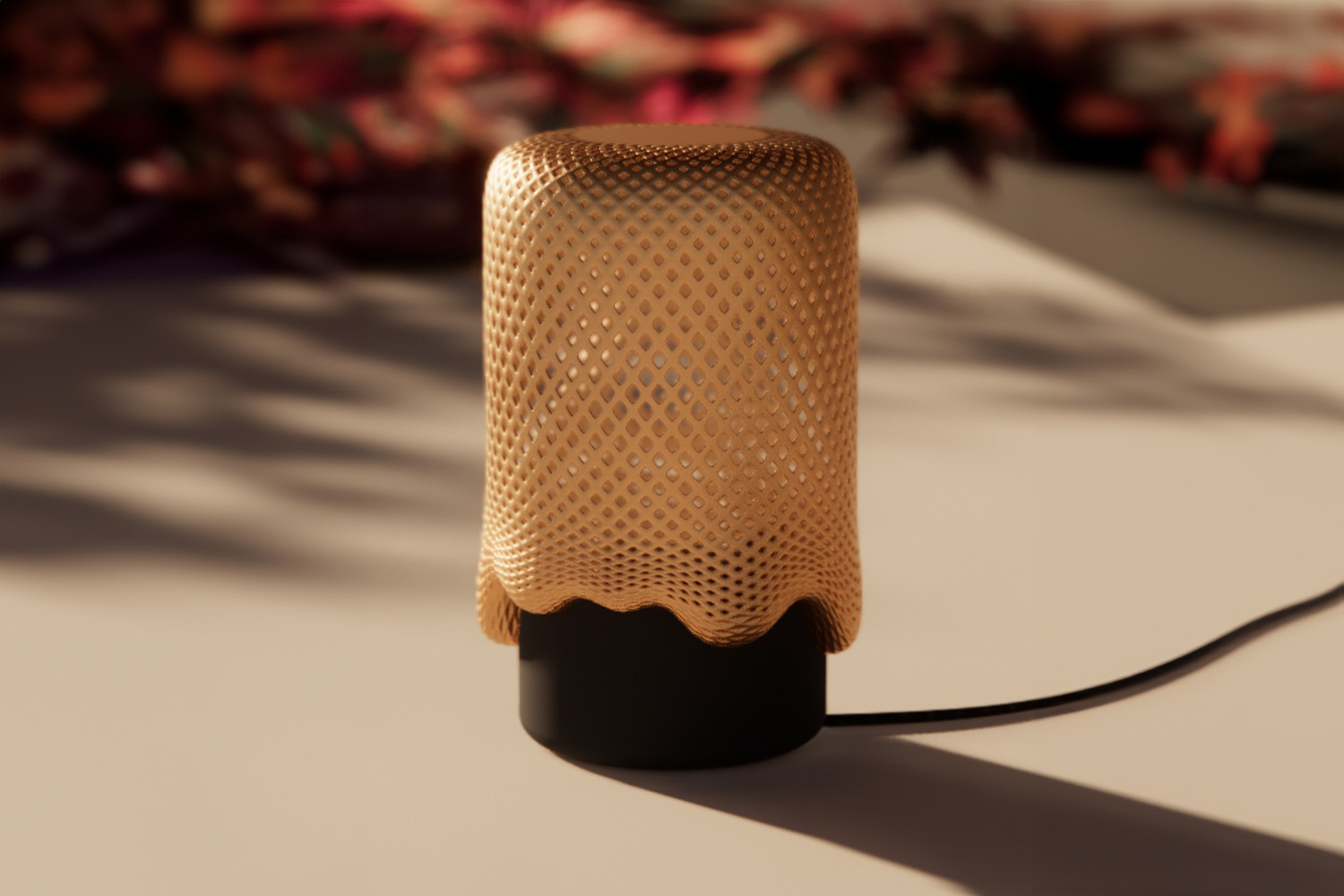
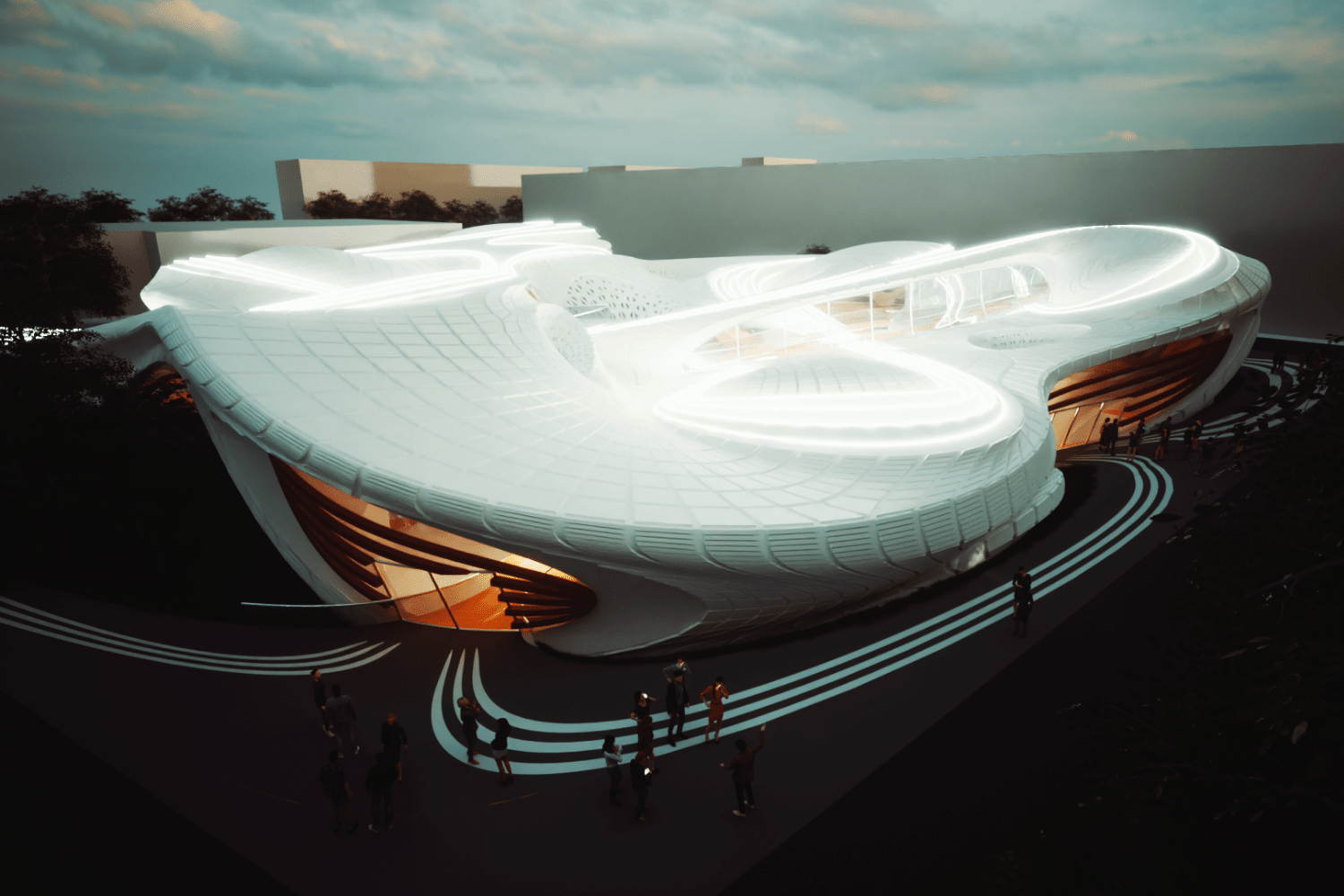
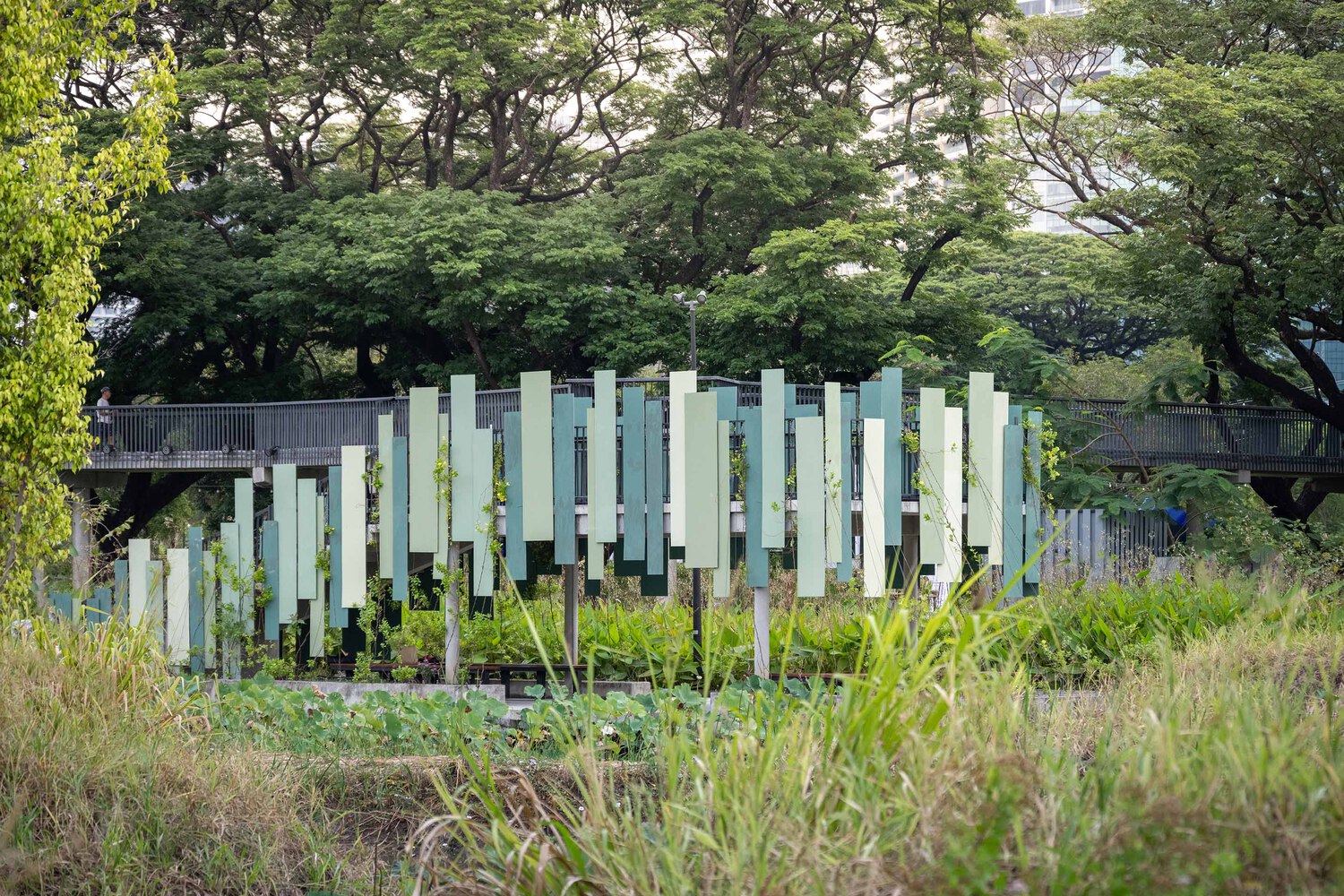


1 thought on “Studio Zhu-Pei Bakes Brick Crafted Imperial Kiln Museum in Jingdezhen”
Supersized egg rolls